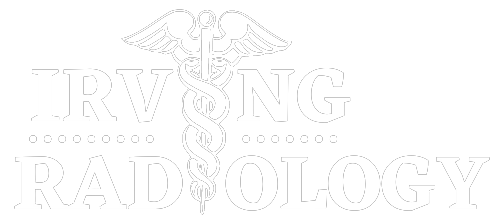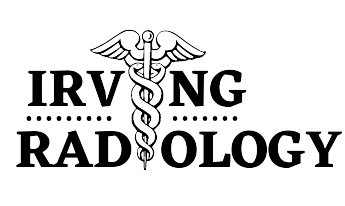In the past few years, the healthcare industry has changed a lot. As technology has improved, medical procedures have become more complex and effective. The use of radiology information systems (RIS) and picture archiving and communication systems (PACS) is one of the most important uses of technology in health care (PACS). These systems have changed how medical images are stored and managed, making it easier for doctors and nurses to find and share important information about patients.
What are Information Systems for Radiology (RIS)?
Radiology information systems (RIS) are computer-based systems that are used to manage and organize medical images and patient information. They are used to manage all parts of radiology, such as scheduling patients, getting images, making reports, and storing images. The goal of RIS is to make it easier for patients, radiologists, and other healthcare providers to share and access important information about patients.
What Radiology Information Systems Can Do for You?
- Using RIS has a lot of benefits, such as:
- Better use of time: Appointments, getting pictures, and making reports can all be done more quickly and easily with RIS. This makes the work go faster and better, so patients don’t have to wait as long and healthcare providers have more time.
- Better care for patients: RIS makes it easier and faster for doctors and nurses to get important information about their patients, which helps them make better decisions about how to care for their patients.
- Better precision: RIS systems use standardized processes and protocols, which lowers the chance of mistakes and makes sure that patient information is correct.
- Better image management: RIS lets images be stored and managed in one place, which makes it easier for doctors and nurses to find and share important patient information.
PACS stands for Picture Archiving and Communication Systems
Picture archiving and communication systems (PACS) are digital image management systems that are used to store, organize, and find medical images. They are used with RIS to manage all aspects of image storage and retrieval, such as getting images, storing them, and sending them to healthcare providers.
What Picture Archiving and Communication Systems Can Do for You
- Using PACS has a lot of benefits, such as:
- Better picture quality: Digital imaging technology is used by PACS. This makes the images better and easier to read and understand.
- More people can get to it: PACS make it possible to store and manage images in one place. This makes it easier for doctors and nurses to find and share important patient information.
- Better working together: PACS let doctors and nurses share images and information about their patients. This makes it easier for them to work together and gives patients better care.
- Better use of time: PACS gets rid of the need to physically store images, which lowers the risk of losing images and makes room for other important things.
Putting together Radiology Information Systems and Picture Archiving and Communication Systems
When RIS and PACS systems are combined, they can be used to manage medical images and patient information in a complete way. This integration makes the workflow smoother, so patients have to wait less and healthcare providers have more time. It also lets images be stored and managed in one place, which makes it easier for doctors and nurses to find and share important patient information.
In conclusion, radiology information systems (RIS) and picture archiving and communication systems (PACS) have changed how medical images are managed and stored. They have many benefits, such as better efficiency, better care for patients, more accuracy, and better management of images. By combining RIS and PACS, healthcare providers can offer a full solution for managing medical images and patient information, which leads to better care for patients and better results.

